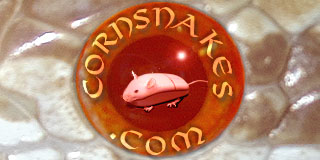AneryCornMom
New member
My anery female corn, about 2 yrs old, has stopped eating for about the past 6 weeks. I have had her almost a year, so I'm still a relatively new snake owner. She is slightly over 4 feet long and had been eating thawed adult mice (not too large for her size.) Two weeks ago I took her to the herp vet with a stool sample and he found that her levels of coccidia were very high. We did a 10 day course of dewormer treatment and I offered her another thawed mouse last week. She wouldn't take that either.
I haven't seen a shed in a while and I know ahead of that, she usually skips a meal. Could other explanations for not eating include: eggs or brumation?
I poked around the forum a bit on feeding problems and saw something about using Ivory dish soap for scent, but not a lot of further information on what to do with the dish soap.
I was considering feeding live and maybe something smaller, but didn't know if that was advisable after feeding frozen/thawed. Would I be able to go back to frozen again? Thanks in advance for any advice.
I haven't seen a shed in a while and I know ahead of that, she usually skips a meal. Could other explanations for not eating include: eggs or brumation?
I poked around the forum a bit on feeding problems and saw something about using Ivory dish soap for scent, but not a lot of further information on what to do with the dish soap.
I was considering feeding live and maybe something smaller, but didn't know if that was advisable after feeding frozen/thawed. Would I be able to go back to frozen again? Thanks in advance for any advice.
